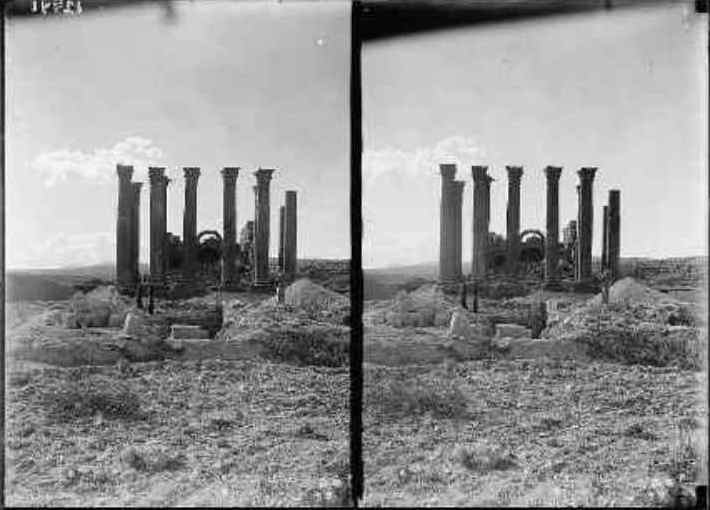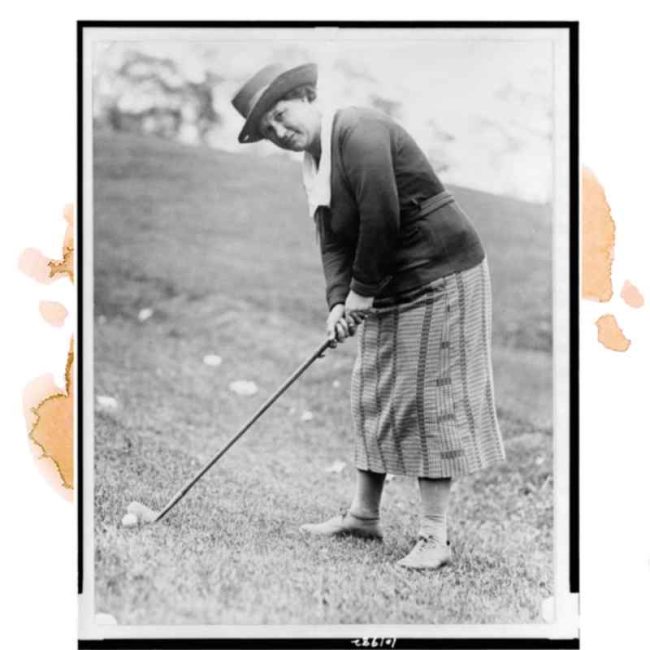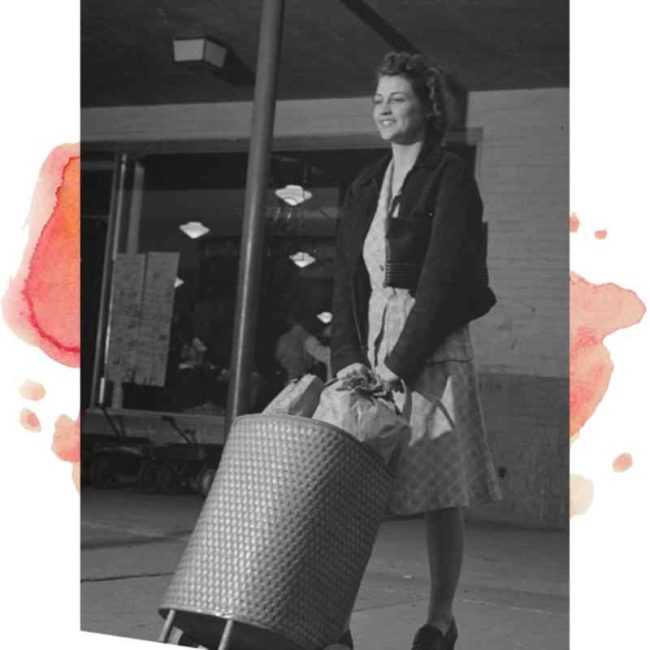March 11th, 2022
How to Grow Your eCommerce Store in 2022
Written by Nico Photos
Image: The Pillars of Artemis at Ephesus

There are just 6 underlying factors that will influence your growth as an online store.
These are the 6 foundational, strategic items that spell your downfall or your success as a merchant—it’s a bold statement but these 6 pillars are the only things that will affect your eCommerce revenue and profit.
Optimize any one of them independently of the others and you’ll grow your revenue. Optimize each in sequence and you’ll be primed to explode your growth.
There are channels and marketing assets specific to each pillar, and within each channel or asset there are dozens if not hundreds of tactics you can use to improve results. But employing a tactic without a proper understanding of its strategic usefulness is going to send you in circles without ever getting you where you want to go.
In this first article I’ll lay them out in brief. Over the next 6 articles we’ll do a deep dive into each.
Pillar No. 1: Products
Your product(s) are the single most important factor in your ability to thrive as a merchant.
Simply put, your products establish which market(s) you will be able to sell to and thereby determine the potential size (or lack thereof) of your business.
Many of you reading this already have your core product offer established, but for those of you who are adding to your existing line or who are just getting started I’ll lay out the most important consideration when choosing a product:
Above all other things you must seek and achieve product-market fit. What is that?
“Product/market fit means being in a good market with a product that can satisfy that market.”—Marc Andreessen (ref: https://en.wikipedia.org/wiki/Product/market_fit)
And to that I will add my own interpretation of what a “good market” is:
A “good market” is a pool of people who are united by a common problem, need or want.
This pool must be large enough to allow the brand to achieve a scale where it can persist viably and expand into additional markets if needed.
I’ll leave it there for now, we’ll do a deep dive into this in a later article.
Pillar No. 2: Variable Costs

Even if you have a fantastic product that serves a massive market just drooling to buy your widget you will struggle if your backend is not tight (shameless).
The backend? I mean the variable costs and logistics:
- What kind of margins can you command?
- What are your COGS?
- 3PL fees?
- Product availability, manufacturing lead time, shipping costs, shelf life, etc.?
There are many of these considerations which I’ll unpack in a later article.
But here is the simplest statement of this pillar:
Your gross margin for any product will have a tremendous effect on your ability to successfully advertise that product. (Especially in today’s world of ever-rising CPM and CPC)
Pillar No. 3: People
After you have product-market fit, and the logistics to support sales of your product arranged, you must put your product in front of people.
It would be more recognizable to call this pillar “traffic” but I specifically named it People to remind us that there is a real, living person behind most of the traffic (👎🏾 bots) that comes to shop your product.
They breathe, eat, sleep, have demands on their money, try to get along with their boss, go to coffee with friends, need things, want things…
Key take away: Respect them, they are not a number.
Pillar No. 4: Conversion Rate
A better conversion rate is often the difference between plodding along and scaling.
Think of it like this: If your conversion rate is currently 2% then an increase to 3% would mean a 50% increase in revenue.
Or like this: If your current cost to acquire a customer is $40 with a conversion rate of 2% then a 1% increase means you nearly half your cost/acquisition to just $26.60! ($80 to generate 100 clicks ÷ 3 converting clicks).
Pillar No. 5: Marginal Value/Order

I used to call this one AOV (Average Order Value) and most people still do. But that concept isn’t actually accurate. Because ultimately you’re not trying to increase the average revenue of an order, you’re trying to increase your profit from each order.
If it takes you $10 spent to acquire $10 more in AOV then you have the same profit.
For most of you there’s not as much value in simply selling more with the same resultant profit, what you really want is a larger margin per order, and that’s what we’re talking about here.
Similar to a higher conversion rate, a higher Marginal Value/Order will mean tremendous things for your store.
If your current MV/O is $50, and by bundling products or some other strategy you’re able to increase that to $60 then that means a 20% increase in profit!
Or another way of looking at this: If your cost to acquire a customer with an MV/O of $50 is $25, and you manage to increase your MV/O to $60, your ROAS (return on ad spend) would go from 2 to 2.4 (or 200% to 240% depending on how you like your numbers) all by itself.
Pillar No. 6: Customer 30-90 Day Value
For certain businesses this is the pillar that will make or break their success.
Think of this like a limited version of the idea of customer lifetime value. The reason is because you can go broke acquiring customers “below lifetime value” if it takes too long to realize that value.
That being said, if a customer, on average, spends $100 more at your store within the first 30 days of purchase number one, that is a tangible number that you can use to understand how much you can afford to acquire that customer (assuming you can float the cost of acquiring that customer for 30 days).
If you increase your average 30-day value growth from $50 to $60, and you acquire 200 customers/month, then you’ll increase your month 2 revenue by $2000.
Ordinarily, the bigger you get and the more money you have moving through your business, the farther out you can push this number to realize a profitable return. Some businesses can wait 90 days to recieve profit from a customer acquired, some much more.
This one goes on and on, and we’ll talk more about it soon.
So what do you do with all this?
Now you know the foundation on which your growth depends. You’re creativity and diligence in optimizing these 6 factors will be the only thing that affects your growth from here on out.
The number of tactics you can employ within any of these 6 pillars are numerous, but isolating where your shortcomings are, according to this framework, gives you a grasp at the strategic level of what kinds of tactics you should be leveraging to maximize growth.
Next you’ll want to take a deep dive into whichever pillars are most in need of some TLC in your store:
(Next articles coming soon!)
